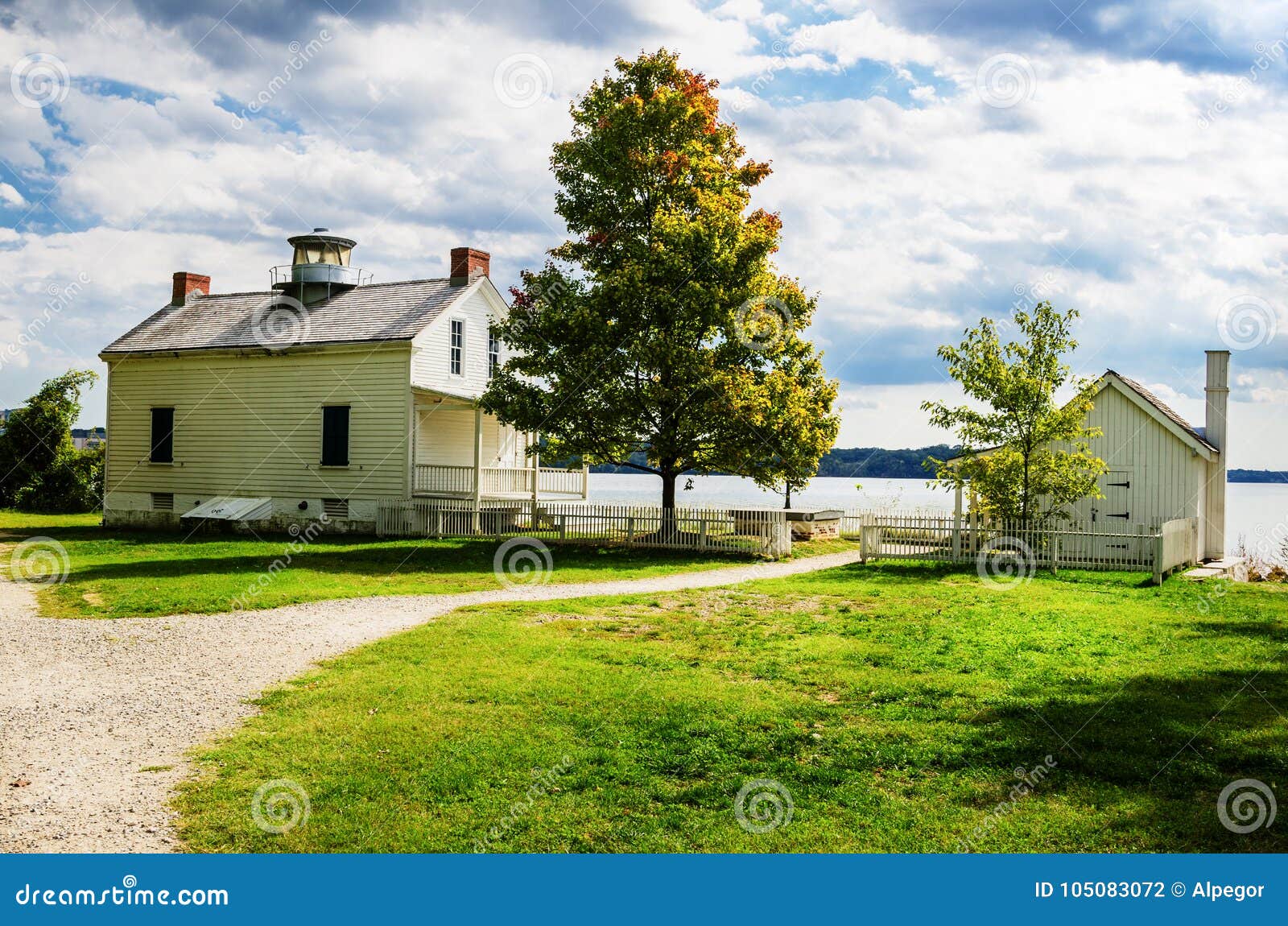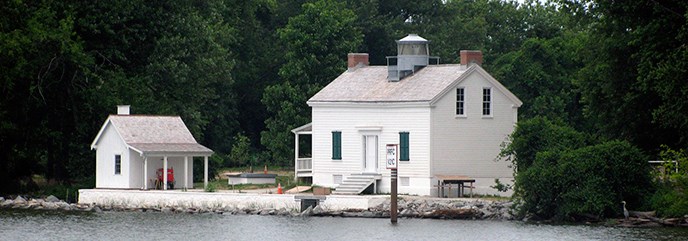Jones Point Lighthouse: A Must-Visit Historic Site for History Enthusiasts
Snuggled along the Potomac River in Alexandria, Virginia, Jones Point Lighthouse stands as a quiet sentinel to the region's maritime past. Past its exterior sophistication exists a trove of tales waiting to be discovered, dropping light on the crucial function this lighthouse played in forming the regional background.
Background of Jones Point Lighthouse
The background of Jones Point Lighthouse traces back to its facility in the very early 1850s, marking a substantial chapter in maritime navigating along the Potomac River. Created in 1855, the lighthouse acted as a crucial aid to ships taking a trip along the river, guiding them securely via its waters (Jones Point Lighthouse weather). Created by designer Benjamin Thornton, the lighthouse stood at a height of 39 feet and included a fifth-order Fresnel lens, which emitted a fixed white light that can be seen for approximately 10 miles

Regardless of being decommissioned in 1926, the Jones Point Lighthouse remains a substantial web link to America's marine heritage and proceeds to bring in site visitors interested in exploring its rich background and value in the region's maritime past.
Architectural Features and Value
Constructed in 1855 by engineer Benjamin Thornton, the Jones Point Lighthouse stands as a sign of maritime history along the Potomac River. The lighthouse is a striking example of mid-19th-century building style, featuring a conical white tower constructed from Aquia sandstone climbing 39 feet in the air. Its classic cone-shaped form, topped with a black iron light area housing a fourth-order Fresnel lens, is a distinguishing characteristic that has directed numerous ships along the river.
The building relevance of the Jones Factor Lighthouse lies not only in its functional objective yet likewise in its historical worth. As one of the couple of continuing to be riverine lighthouses in the United States, it offers as a substantial suggestion of the relevance of maritime navigating in the advancement of the nation.
Maritime Heritage and Role
With a legacy deeply linked with the naval background of the region, the Jones Point Lighthouse stands as a testimony to the essential role played by navigational help in shaping the growth of coastal areas. Positioned at a calculated location along the Potomac River, this historical lighthouse not just directed ships securely through treacherous waters but also worked as a sign of expect sailors browsing the busy maritime trade routes of the 19th century.

Additionally, the lighthouse's presence underscores the value of preserving naval history, honoring the seafarers, lighthouse caretakers, and maritime employees whose dedication and competence contributed in ensuring secure maritime navigation. Today, visitors can discover this famous framework and submerse themselves in the rich maritime tradition it represents.
Site Visitor Experience and Trips
Nestled along the stunning coastline of the Potomac River, visitors to Jones Point Lighthouse are greeted with an unique chance to dig into the area's naval history. The site visitor experience at Jones Factor Lighthouse is both academic and appealing, using a look right into the life of a lighthouse keeper and the value of maritime visit our website navigation in the past. Guided tours give in-depth info regarding the lighthouse's building and construction in 1855 and its role in assisting ships along the Potomac River.
Site visitors can check out the different spaces of the lighthouse, consisting of the caretaker's quarters, the lantern room, and the storage space areas. The knowledgeable trip overviews share interesting stories about the lighthouse's operation and its value in ensuring safe flow for ships approaching Alexandria. Furthermore, site visitors can delight in sensational views of the Potomac River and the surrounding landscape from the top of the lighthouse.
Preservation Efforts and Future Plans
The recurring dedication to preserving the historic stability of Jones Factor Lighthouse while carrying out forward-looking conservation techniques emphasizes the value of its conservation efforts and lays out a vision for its future development. Preservation initiatives at Jones Factor Lighthouse concentrate on both structural preservation and historical analysis. The Lighthouse's conservation group works together with chroniclers, architects, and conservation professionals to make certain that the site's distinct building features are guarded for future generations.
Future prepare for Jones Factor Lighthouse entail enhancing visitor experiences via interactive exhibitions, guided scenic tours, and curricula that explore the rich maritime background bordering the lighthouse. Furthermore, there are conversations about expanding the lighthouse's function as a community center by holding social occasions, workshops, and outreach tasks to engage a broader target market.
Conclusion
In final thought, Jones Point Lighthouse stands as a substantial historic site with architectural and maritime significance. This lighthouse serves as a testament to the maritime heritage of the area and holds an unique location in the hearts of history lovers.
Please visit one of our local supporters - Estrella Esthètique Sugaring